All stories
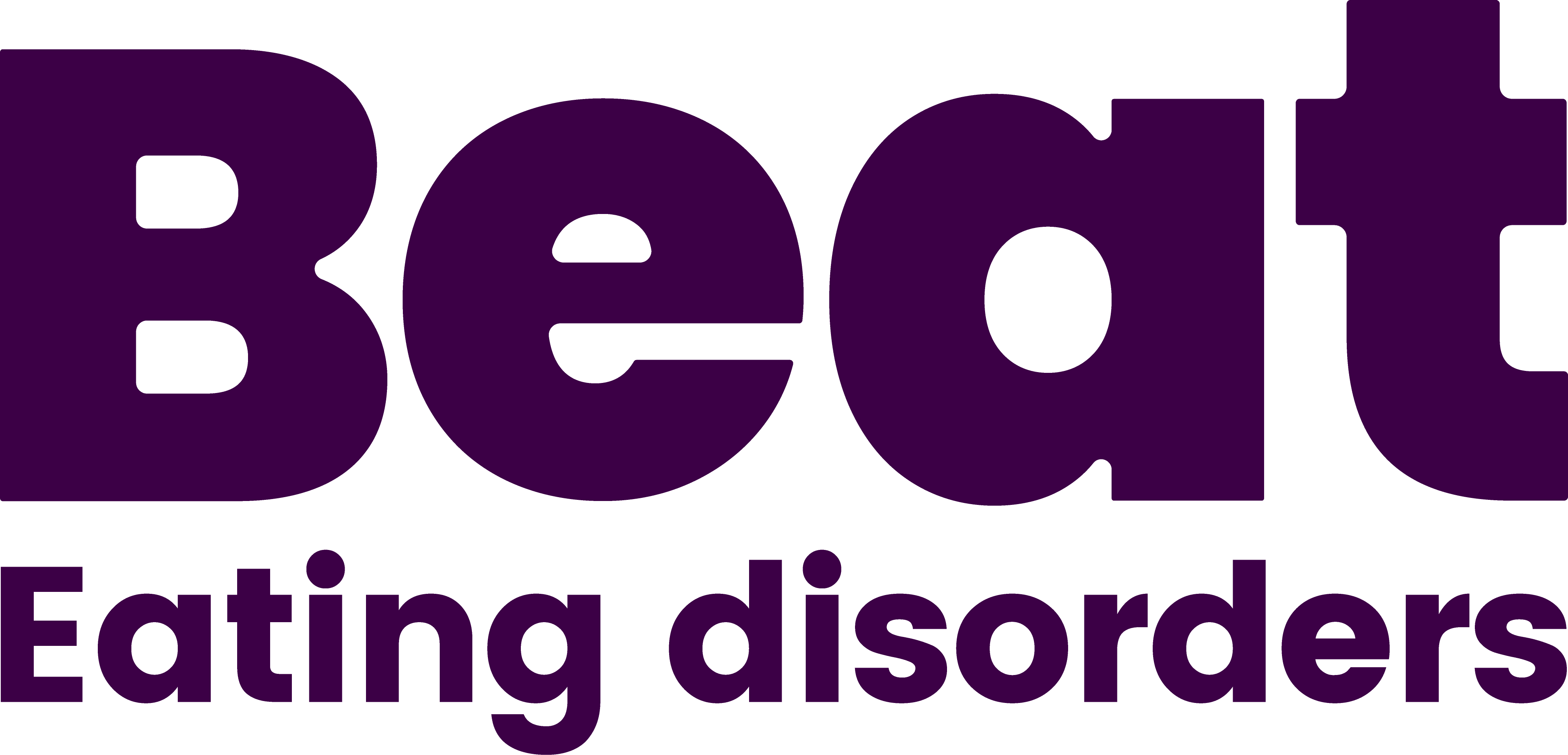
I'm not ready to recover
Recovery is like a swimming pool with no shallow end. You can’t just dip your toe into the water or walk in until it’s up to your knees for it to work.

From bulimia to recovery
Natalie shares her recovery from bulimia and says there is hope. With the right support and education, there is light at the end of the tunnel.
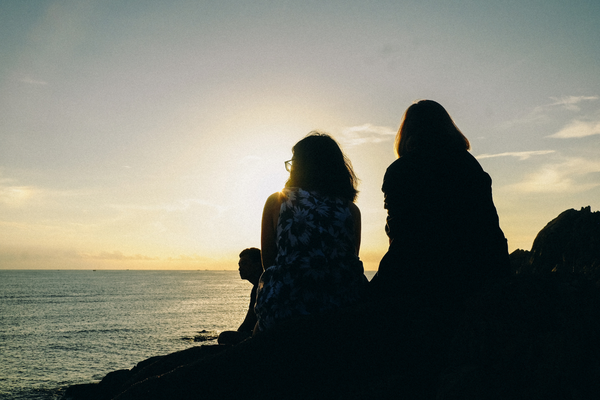
Trekking through an eating disorder
For me, this was not simply a journey of losing weight, getting fitter, and gaining strength. In fact, those things were secondary in my mind.
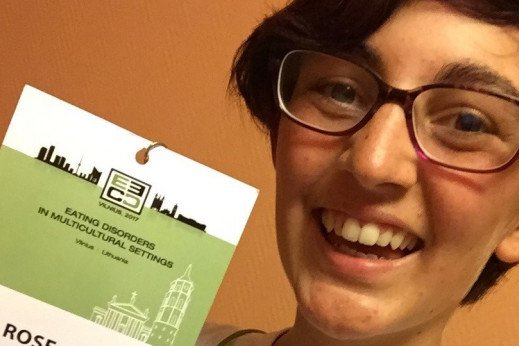
"One of the best experiences I have ever had"
I have always been the type of person who wants to learn about things I don’t understand.
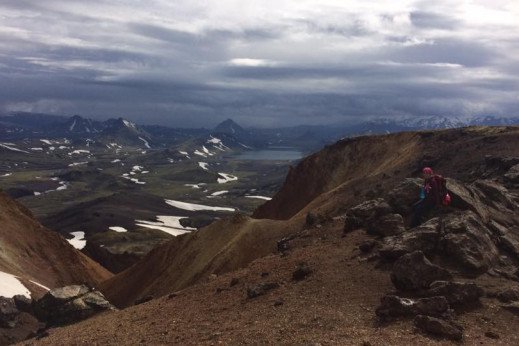
Bathsheba describes her incredible trek through the Icelandic wilderness to raise money for Beat.
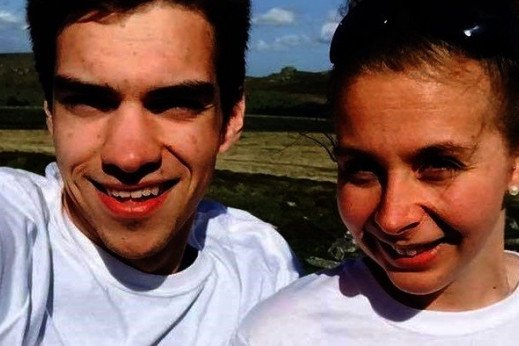
Fundraising for Beat: Tough Mudder & TrekFest
As I began to recover I was very determined to ‘give something back’ to the charity that had helped me so much.

Fighting My Eating Disorder in Ramadan
Fasting during Ramadan is advised only for those who are healthy. Those who are sick in any way or mentally unwell are exempt.

What does recovery mean?
We all have this idea of what recovery is, ranging from decreased anxiety around food, being able to eat whatever you like...
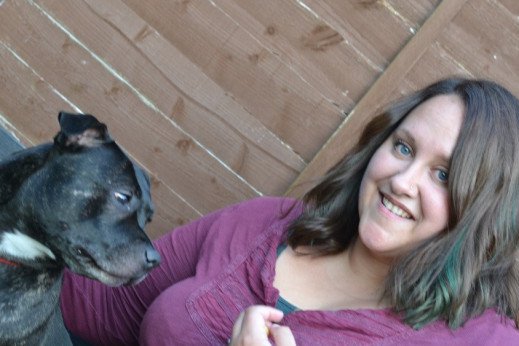
Here's to kinder, happier holidays for us all
I’ll be celebrating the little things and being kind to myself. I’ll be patting my own back every time I can see something’s got slightly easier for me,

Honour your body for all it does for you
Now a Staff Nurse, I'm fortunate enough to be in a position to help others heal, cope with or pass away from various illnesses.